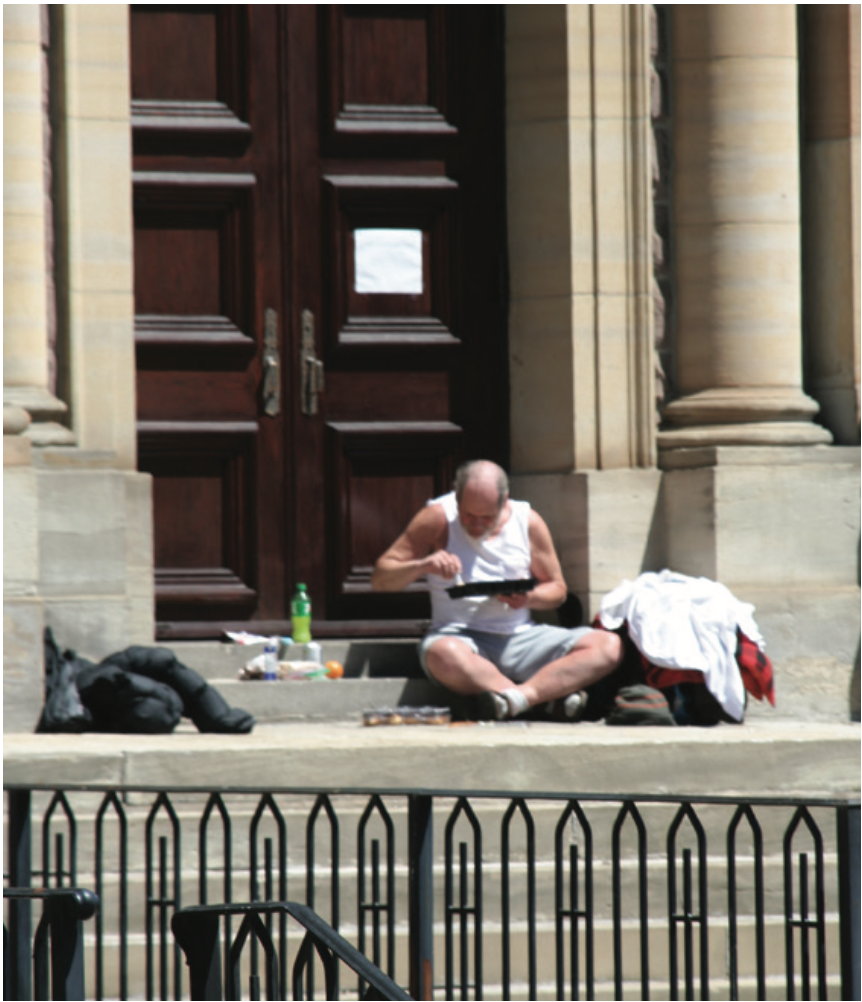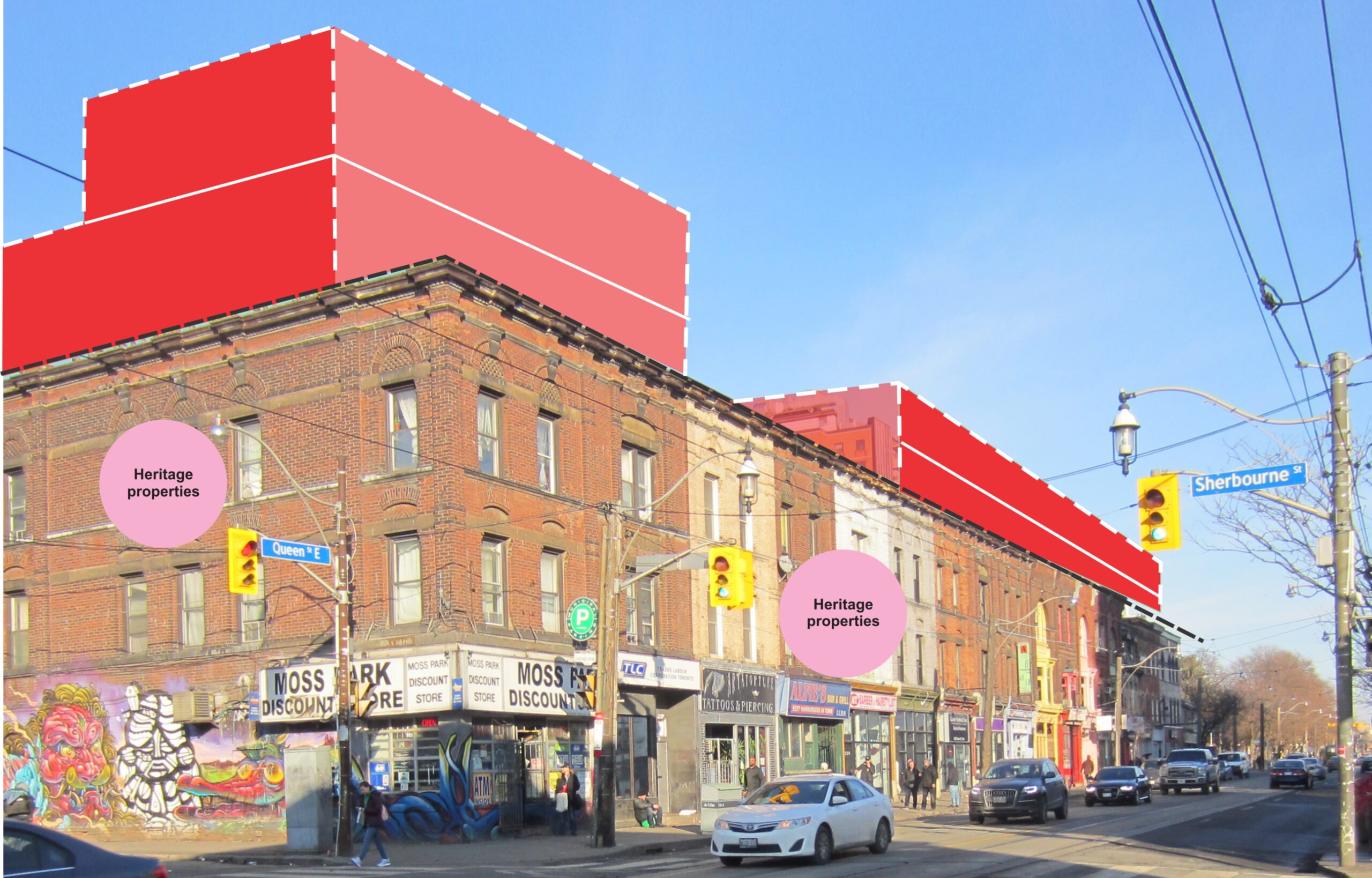One of the strongest messages from health authorities and governments during the pandemic has been to stay home. It seems simple, but what if you don’t have a home? That is the reality for more than 9,000 Torontonians on any given night, never mind thousands more across the province and tens of thousands across the country.
How do you stay home when you have no place to call home? How do you self-isolate indoors when you live on the streets? You can’t. Or if you do, it is not anywhere near what the authorities have in mind; perhaps it’s in a tent, or a sleeping bag in a storefront or over a subway grate. These are hardly liveable or safe housing options, especially in an urban centre like Toronto, but this is the reality for a great many people.
“What about shelters?” one might ask. Toronto shelters have had to limit services when they are most needed. Many have fewer beds to offer, and when they do, many shelters don’t have space to maintain the mandated physical distance of 2 metres. Fewer yet have adequate spaces for people who are unwell enough to require self-isolation but not sick enough to be admitted to hospital.

Because of such shortcomings, many people are afraid to stay at shelters and opt for tents or other makeshift alternatives. Facing legal action from housing advocates and increasing public pressure, the city opened several new temporary facilities and secured more than 1200 hotel rooms, but this is not enough; as of May 10, for more than 9000 homeless individuals, the city had just 6764 beds – including all shelters (pre-pandemic and new), hotel rooms and other spaces – leaving more than 2000 on the streets. A distressing result of this shortcoming is in the numbers: As of Thursday, May 14, 341 people in Toronto shelters tested positive for COVID-19; 299 cases were active and two people have since died.
Even before the pandemic, our city had a serious housing crisis and alarming rates of poverty, with homelessness and substandard living conditions affecting many. With the arrival of COVID-19, this crisis and its ramifications have only worsened; a sad and unacceptable reflection on our government’s persistent failure to adequately address the needs of vulnerable citizens.
While this angering reality is nowhere near being remedied at a systemic level, greater understanding and empathy could help at a social level. Those whose realities are more privileged than others, and those endorsing or enforcing preventive measures, should realize that while everyone is struggling through the pandemic, each doing what they can, for many the act of staying at home is not only a luxury but difficult or impossible.
In addition to those without a place to call home, many more have barely adequate homes that present further challenges to the behavioural prescriptions handed to us. When living in a bedroom within a rooming house, a tiny bachelor apartment with no balcony, or a unit meant for one but housing two or more people, how can one physically distance or effectively self-isolate? How can one stay at home indefinitely without losing one’s bearings? In a Zoom video appointment with your health care provider, how do you maintain privacy and a sense of dignity when home is barely a home? And what if you don’t have a good enough phone or computer and internet connection to support the tech platforms we must now use?
In pre-COVID times, under-resourced people had options: public libraries, cafés and other establishments and institutions offered free WiFi and comfortable spaces, but the current COVID19 reality has suspended such options. Those with space and resources can adjust to working from home rather than the neighbourhood coffee shop, but for others the challenge is nearly insurmountable in an already difficult situation.
Other basic needs are also not being met. Many food banks and meal programs closed and those still open are severely under-resourced. According to the Daily Bread Food Bank, demand has gone up 20% since the pandemic began. Thrift shops and many drop-in programs with affordable or free clothing and basic living supplies also shut down and will only slowly re-open, which obligates those who rely on these community resources to stretch their meagre finances even thinner. Amazon, Walmart and other corporate giants have been capitalizing on heightened demand and a finely crafted illusion of decreased supplies for essential (and not-so-essential) goods. Many people are driven to hoard out of fear, leaving empty-handed those whose budget can’t handle inflated prices or bulk shopping.
A great many people within and beyond Toronto face these issues and their challenging solutions every day. If, as many storefront signs and positivity gurus tell us, “we are all in this together,” we must foster understanding and community building to compensate for the distance between us and the social disparities that this pandemic has magnified.
-T.C. is a Toronto-based Nurse Practitioner, with over 10 years working in urban and community health.



